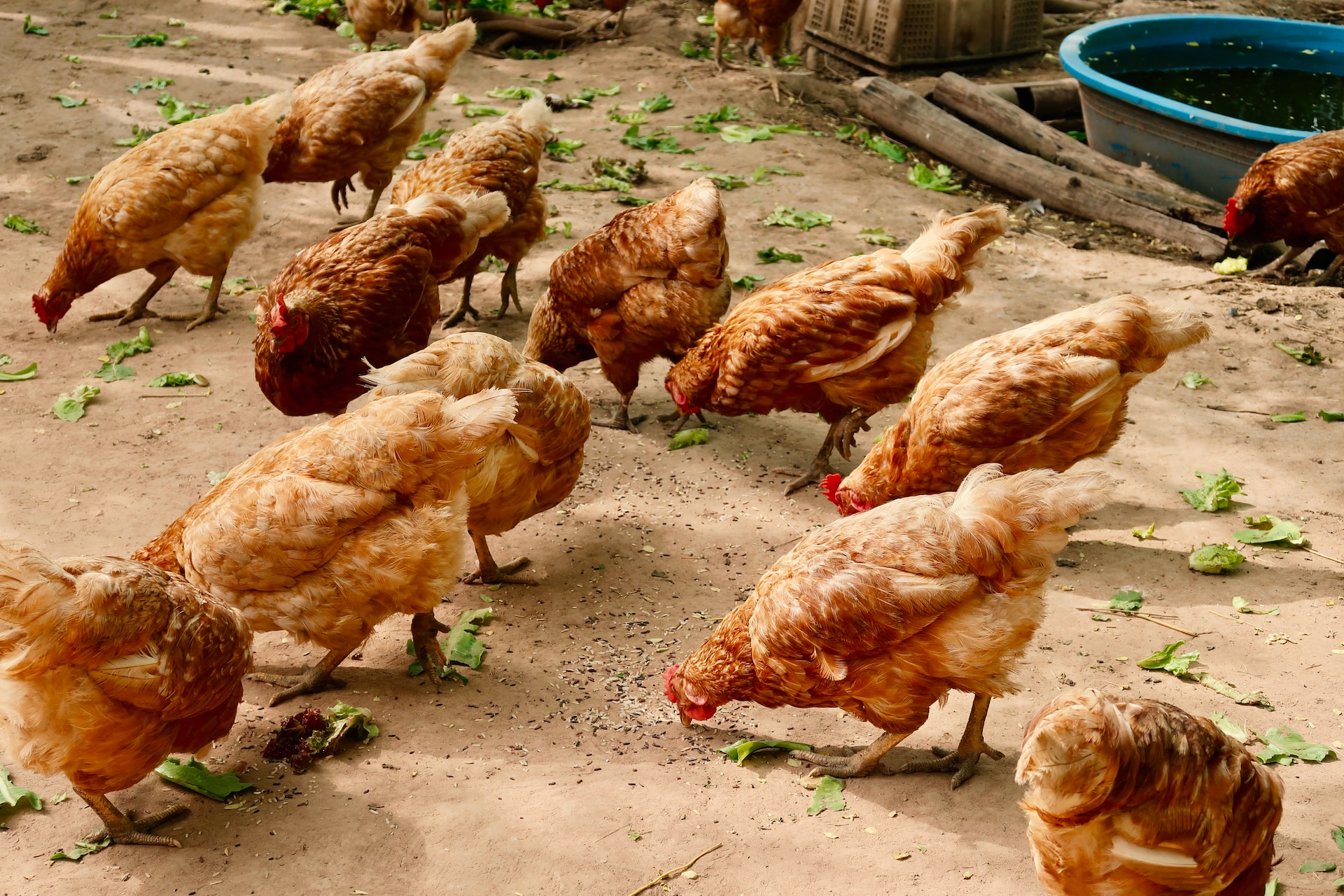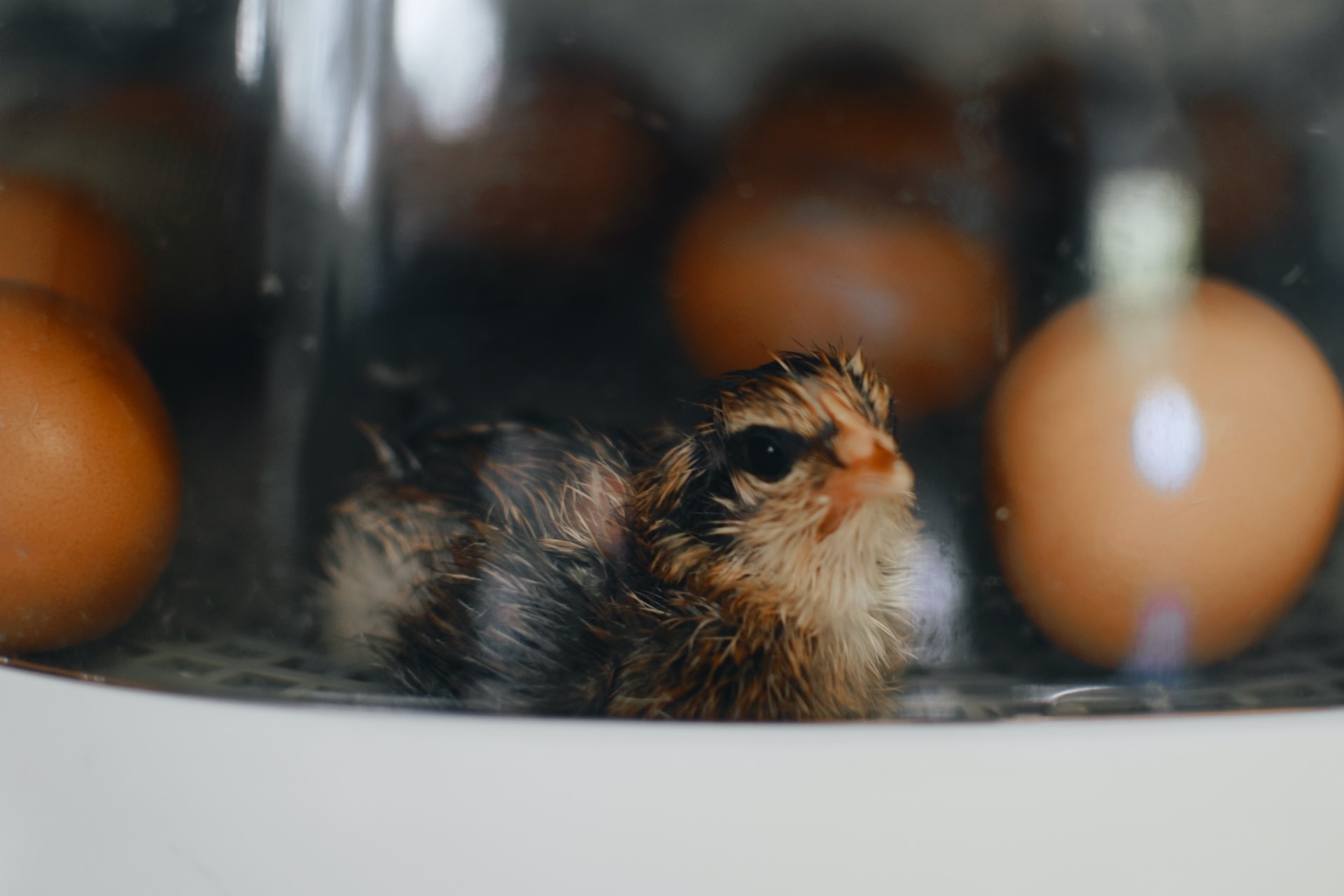
The Beginner’s Guide to Raising Backyard Chickens
We are reader-supported. When you buy through links on our site, we may earn affiliate commission.
Raising backyard chickens is a beautiful experience. Sure, it can get messy, but those moments where you see your chicks hatching and maturing will make the mess worth it. We’ll cover everything you need to know about preparation, hatching, caring and breeding so you can begin your journey feeling confident and excited.
Is Raising Backyard Chickens a Good Idea?
Raising backyard chickens is a fantastic idea whether you live in an urban area or out in the country. On top of giving you meat and eggs, they eat tiny lawn pests and provide free fertilizer. Many breeds are docile and enjoy human contact, meaning you can even raise them as pets.
Are backyard chickens high maintenance? Most breeds are low maintenance — they can withstand cold temperatures, raise their young independently and rarely catch diseases. Raising them is a good idea, even if you’re a busy person with a cluttered schedule.
Preparing for Backyard Chickens: Coop and Supplies
Although backyard breeds are low-maintenance, they still require quite a bit of preparation. For starters, you need to build or buy a predator-proof coop. Pick one with a chicken wire exterior, built-in nesting boxes, adequate air circulation and litter trays. You’ll also need water, food, perches, bedding and a heating system.
Your coop’s size is the most essential part of raising backyard chickens. Experts agree they should have at least four square feet of indoor and outdoor space per chicken. You’ll have fewer fights, healthier hens and an easier time cleaning if you have extra space.
Even if you plan on having a small flock, the coop must still be sizeable. Considering you need at least three chickens — they’re very social animals — it should have at least 12 square feet of indoor and outdoor space. That said, these recommendations are for standard breeds. If you plan on getting small ones, you can get away with a smaller enclosure.
How many chickens should a beginner start with? The minimum number you should have is three because they get anxious, unhappy and grumpy when they can’t socialize. This number is perfect for someone who’s just starting. Remember, increasing your flock size when you get the hang of things is much easier than shrinking it if you feel overwhelmed.
Sourcing Chicks or Eggs from Local or Online Retailers
You can source your future flock from local breeders, rural lifestyle retailers or large-scale hatcheries. Remember, availability can change seasonally.
Where Can You Get Fertilized Eggs?
If you’re willing to care for chicken eggs until they hatch, you can get them almost anywhere. In fact, Trader Joe’s even offers one dozen hatchable fertilized eggs in-store. If you have no local hatcheries nearby, many companies ship anywhere within the United States.
Where Can You Get Live Chicks?
Shipping chicks can be challenging since they need to eat, drink and be cleaned up after. Still, ordering them online is straightforward. For instance, My Pet Chicken ships three to 14 chicks within the United States for a flat rate of $75. Many other companies offer similar services.
Raising Backyard Chickens from Egg to Adult
Usually, raising backyard chickens is straightforward. Humans don’t typically have to intervene because broody hens instinctually handle most responsibilities. That being said, you won’t have a mother if you’ve only picked up chicks or fertilized eggs.
In this case, you’ll have to do most of the work. If you have eggs, expect them to hatch within three to four weeks if they’re a standard breed. In the meantime, you must keep them warm and damp — 99.5°F and 50% humidity for three weeks — using an incubator.
If you have a manual incubator, you must turn the eggs multiple times daily until the last three days. At that point, increase the humidity level to 70%, and don’t touch them until they hatch. Automatic models do the work for you, using humidity gauges and thermometers to ensure the conditions stay consistent.

Once your chicks hatch, put them in a container with a red brooder lamp on at all times to keep the temperature at 92°F. After they feather out, lower the temperature by 5°F weekly until they’re six weeks old. In the meantime, they need starter feed — you switch once they mature — and a shallow freshwater source. Additionally, you must lay down a thick layer of bedding in their enclosure.
Change the water, food and bedding once a day to prevent the spread of disease. Also, ensure the only artificial light sources are red since chicks will ruthlessly peck each other if they notice blood — and red light makes it impossible for them to see injuries.
Caring for Backyard Chickens Throughout Their Lives
Raising backyard chickens is an ongoing process — continuous care ensures your flock stays happy, healthy and harmonious.
What Are the Daily Needs of a Chicken?
You must collect eggs and fill feeders daily. Also, you must let your flock in and out of the coop in the morning and at night. How long can you leave backyard chickens alone? Generally, they’ll be fine for two to three days on their own. However, it’s best to check in on them regularly to keep them as healthy as possible.
You should change bedding, clean the floor and take care of soiled areas weekly. Cleanliness is a huge part of maintaining a healthy flock. If you don’t know what to do with your hens’ manure, consider using it as compost. It will cure after roughly 12 months, meaning you can use it as fertilizer to help your garden grow.
What Kind of Veterinary Care Do Chickens Need?
Raising backyard chickens involves regular vet visits. Experts recommend taking them in at least once annually to check for parasites, hidden injuries and diseases. However, you should always take members of your flock in more frequently if you notice they’re lethargic, have suddenly stopped eating or are showing signs of illness. Crucially, you must not eat any eggs a medicated chicken lays since you could indirectly ingest the drug they’re taking.
Breeding Backyard Chickens to Expand the Flock
If you want to keep expanding your flock, you need a rooster. While breeding is a natural part of raising backyard chickens, it can get complicated. To make things easier, get a breed that does mothering better than others. For instance, Jersey Giants are more likely to become broody, meaning they will care for the eggs for you.

Hens start producing fertilized eggs after only a few days with a rooster. They begin laying at around 18 to 22 weeks if they’re a standard breed — although some take up to 28 weeks. Usually, the hen will instinctually know to leave the nest once her chicks are hatched. If there are eggs left over, you can try incubating them yourself. However, there’s no guarantee they’ll hatch after so long.
Handling End-of-Life Decisions for Your Birds
Unfortunately, the time will come when a member of your flock is about to pass away — and making end-of-life decisions is a part of raising backyard chickens. If you have the emotional strength and the right tools, you can humanely end the life of one of your chickens yourself.
Beheading is the first approach you can try. You precisely, swiftly cut off the chicken’s head with a sharp tool like a cleaver to painlessly end its life. Cervical dislocation is the second method. It involves breaking the bird’s neck at a specific point to let it pass painlessly in under a minute.
Alternatively, you can take your chicken to the vet to be euthanized. This way, the veterinarian will render it unconscious and humanely end its life. These conversations are never fun and rarely comfortable, but part of raising backyard chickens is allowing them to pass respectfully.
You’re on Your Way to Raising Backyard Chickens
Remember, this journey is worth it despite the mess and early mornings. You’ll help the environment, establish unique bonds with your birds and become more independent. Enjoy the experience and make some memories along the way.
Share on
Like what you read? Join other Environment.co readers!
Get the latest updates on our planet by subscribing to the Environment.co newsletter!
About the author
Jane Marsh
Starting from an early age, Jane Marsh loved all animals and became a budding environmentalist. Now, Jane works as the Editor-in-Chief of Environment.co where she covers topics related to climate policy, renewable energy, the food industry, and more.





